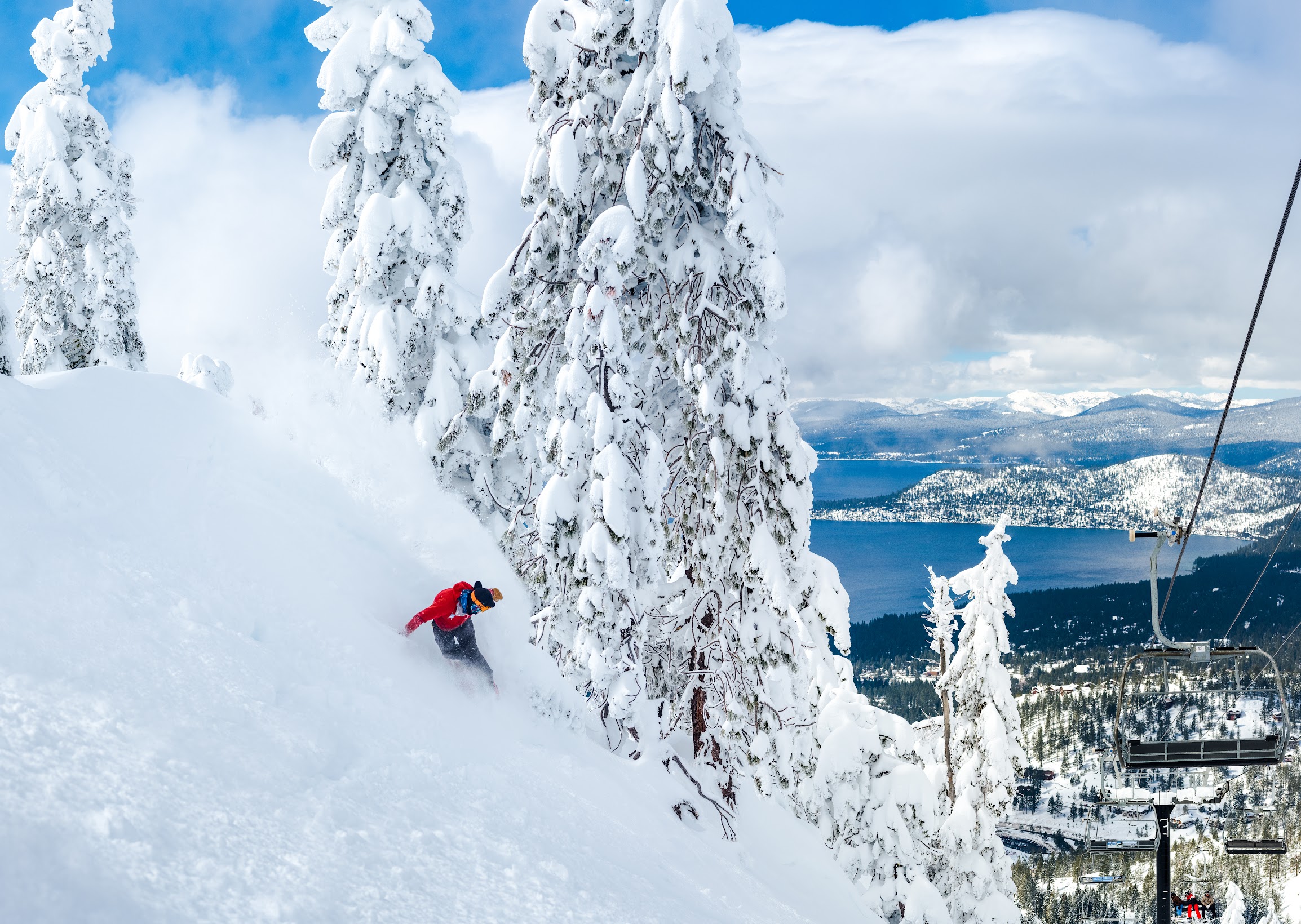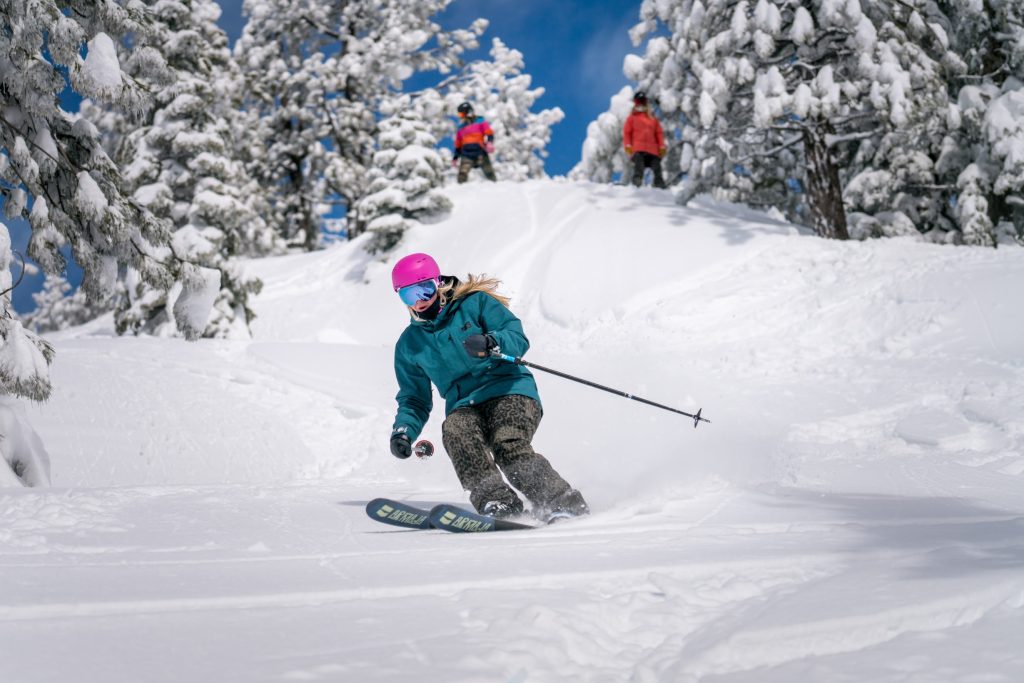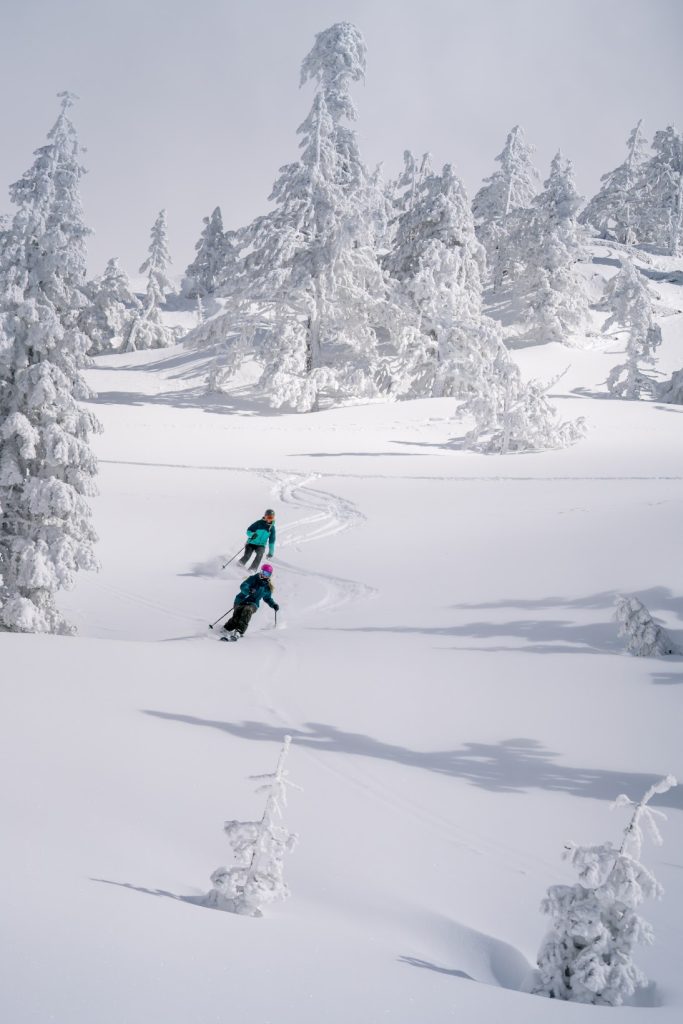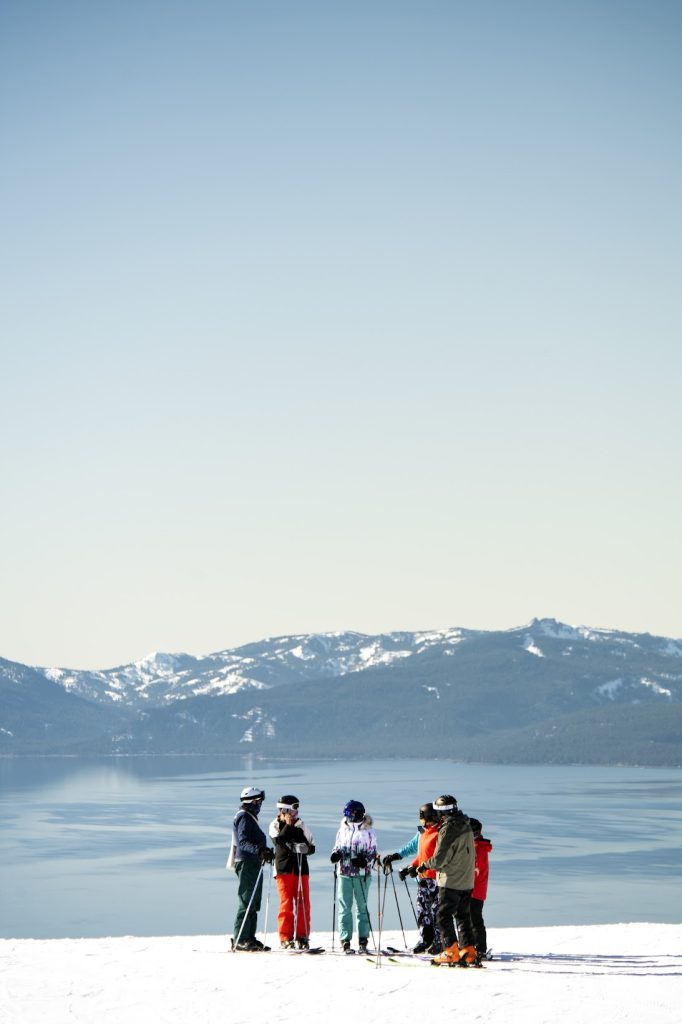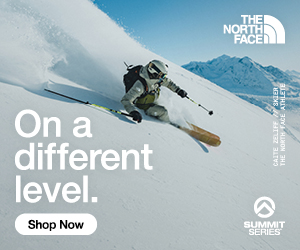From the sun-drenched deck of Snowflake Lodge, Lake Tahoe looks so close you’d swear if you got up enough speed you could ski clear off Crystal Ridge and pond-skim all the way to California.
I have to use my imagination, however, because today you can barely see to the edge of the deck. It’s puking snow, fat flakes floating down and piling up in the glades, providing a lucky few skiers at Nevada’s Diamond Peak Ski Resort with a powder day for the ages. In lieu of a view, I’d say it’s a more than fair exchange.
Lake Tahoe has the highest concentration of located ski resorts in North America – at least 15 at last count – including heavy-hitters such as Palisades, Heavenly and Northstar. But sprinkled around the lake lie a few fiercely independent resorts that occupy a world far removed from the corporate behemoths that dominate the ski industry.
Diamond Peak’s proximity to the water is no illusion; it takes us just five minutes to drive up from Incline Village, on the north shore of the lake. The boutique resort is owned and operated by the Incline Village General Improvement District, a community agency that provides water, waste collection, sewerage and recreation services for the town.
We’re not really profit-driven. All revenue generated at the resort goes back into the community, which makes us pretty special within the US ski industry.
Paul Raymore, resort marketing manager.
Unlike major resorts that focus on attracting visitors, Diamond Peak puts locals first, with residents getting discounted lift tickets along with summer perks such as access to private beaches and discounted golf club membership.
For visitors, the benefits are empty slopes and a relaxed, family-friendly vibe, akin to the club fields of New Zealand (minus the terrifying drive to get there), or maybe Charlotte Pass, or even Mount Baw Baw when it used to get snow. The grooming is top-notch, the glades are gorgeous and Crystal Ridge ranks as one of the best intermediate runs in the world, if just for the view alone. What’s not to love?
The resort dates back to Incline Village’s inception as a planned community in the early 1960s. Austrian ski pioneer Luggi Foeger was hired to design and build the resort, which opened as “Ski Incline” in November 1966. While lift access was limited to the lower slopes for the first twenty years, the opening of the Crystal Quad chairlift in 1987 doubled the skiable terrain, opening up some fabulous black diamond runs spilling through the glades off the peak. With that a new name for the resort was born.
With seven lifts and a vertical drop of 561m, the mountain is bigger than I was expecting, but still qualifies as petite when compared with other Tahoe resorts. The best skiing is along the long, loping spine of Crystal Ridge, and in the glades.
The aptly named Solitude Canyon, has an untouched, almost backcountry feel, and the most challenging terrain on the mountain. It’s pheromonal on a low-visibility powder day like today, and because crowds are so sparse, fresh snow stays untracked for millennia. If you time your visit right, this little mountain offers big rewards.
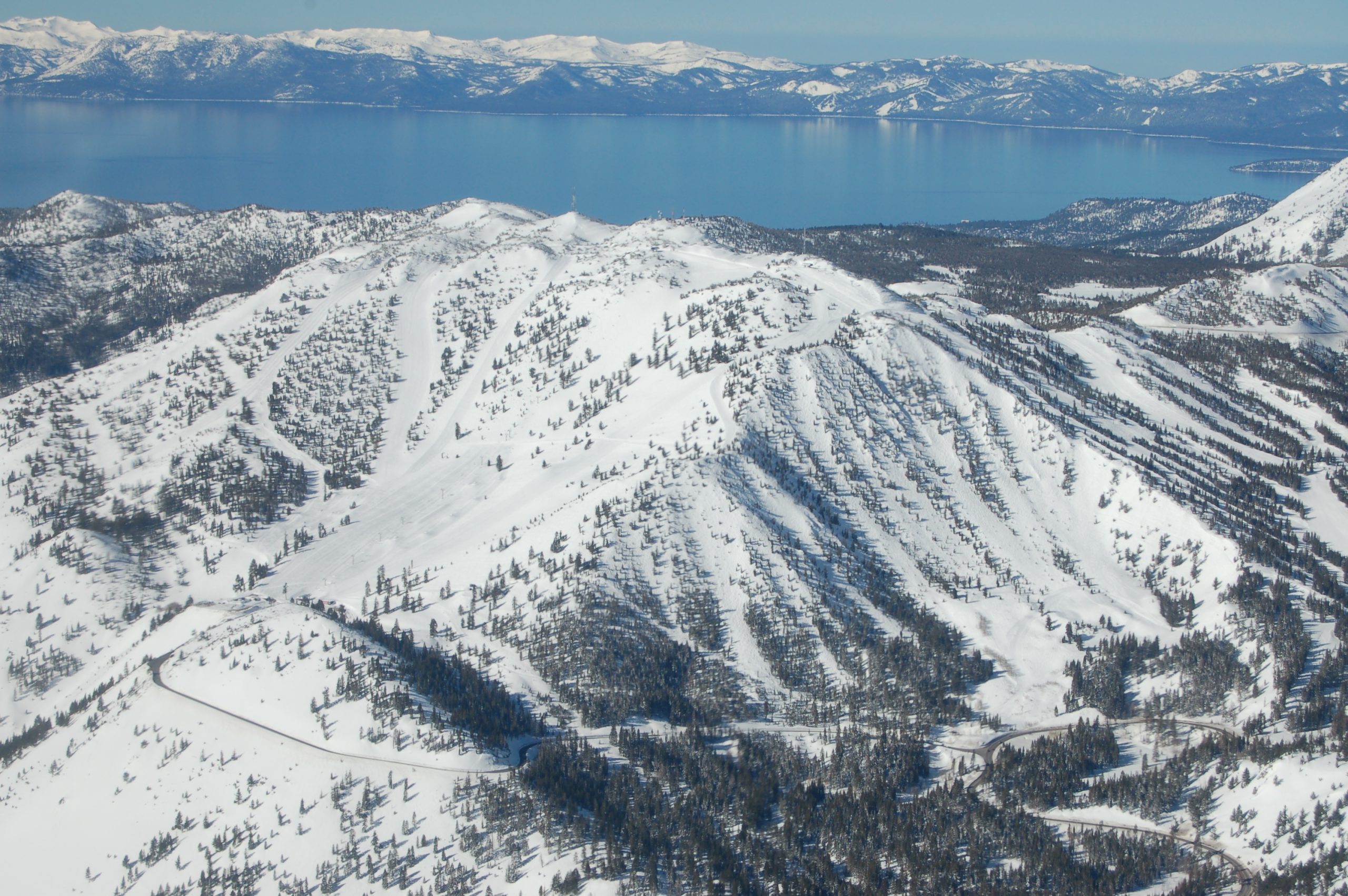
Just fifteen minutes up the road, family-owned Mt. Rose ski resort is so close to Reno that city workers will drive up to ski during their lunch break. The resort has the highest base elevation of any Tahoe resort (2517m), snow quality is excellent and seasons consistently stretch for six months.
Visitors who fly in and ski on the same day get a 75 percent discount on their lift ticket (just flash your boarding pass at the ticket window).
Mt Rose celebrated its 60th anniversary this season, but that milestone undersells its history. Locals have been lugging skis up here since the 1930s, the first ski school opened in 1939, while 1946 saw the inaugural “Silver Dollar Derby” downhill race from the summit of Slide Mountain. Swiss-born Fritz Buser – owner of the Henke ski boot company – took over in 1971, and the resort remains in the Buser family.

Your Epic or Ikon pass won’t get you far here, and I suspect locals are pretty happy about that. The vibe is noticeably “non-corporate,” and lift lines virtually non-existent. The terrain is also a step up from Diamond Peak, with blue runs sometimes referred to as, “Northstar blacks.”
I get a sense this mountain skis pretty big from my first ride of the day on the Northwest Express chairlift, looking down at freeriders scoping out The Chutes. This 80ha horseshoe bowl of avalanche-controlled steeps was a gamechanger when it opened 20 years ago, offering some of the longest vertical in North America (more than 1000ft) and pitches of up to 50 degrees.
Ultimate bragging rights are earnt by skiing all 16 named chutes in one day, but if you want to bag one for your resume, Beehive is the most benign.
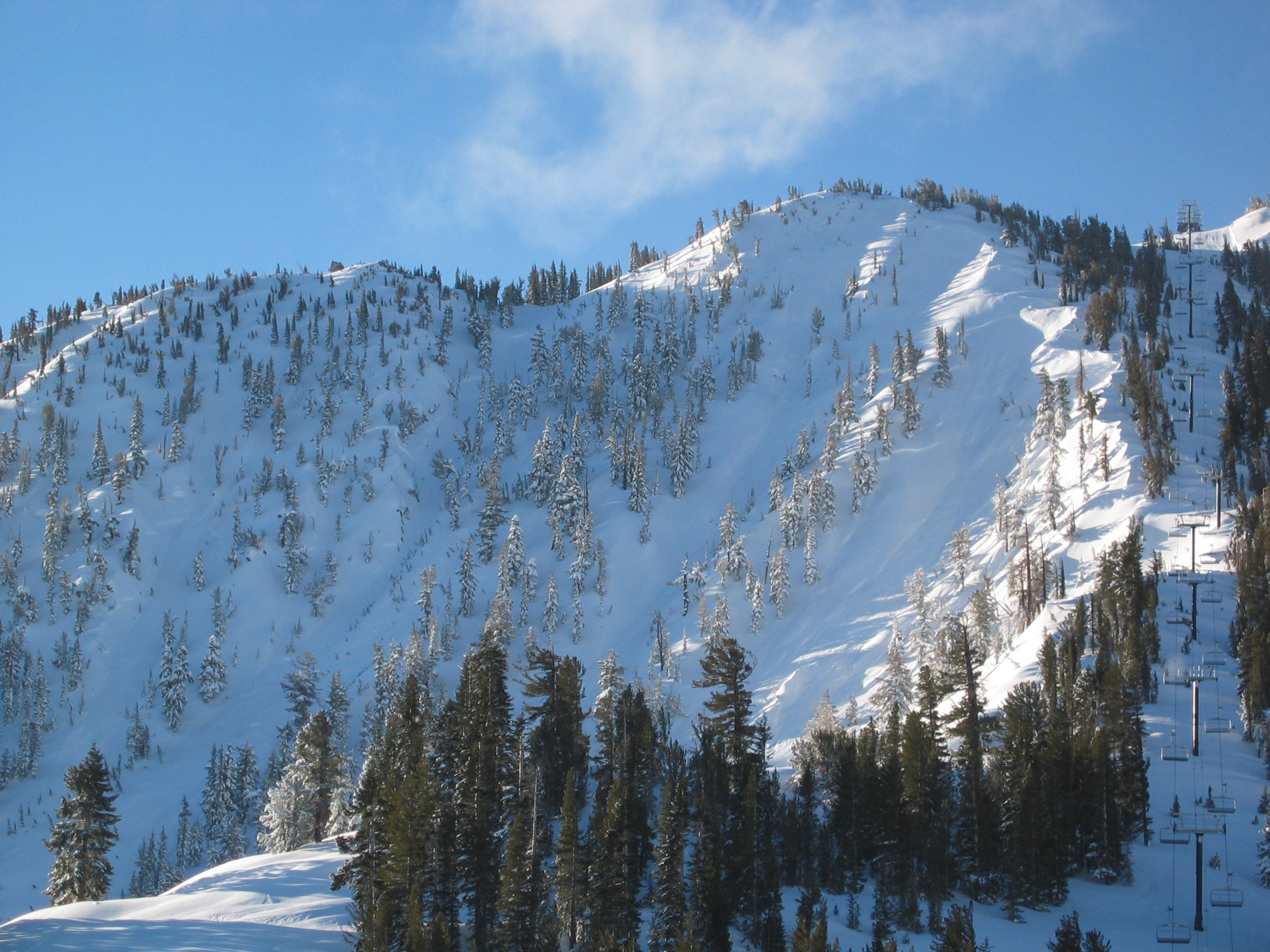
Battle stories are shared during après hour at Timbers Bar, which if not for the clomp of ski boots could pass for your favourite inner-city local (find me a base lodge bar with a better selection of craft beer and I’ll ski the El Cap chute blindfolded). I get chatting to a retired airline pilot who’s been skiing Mt. Rose for more than 40 years.
“If I was going to run into an Aussie anywhere here it was going to be at the bar,” he quips. I ask him how many Aussies he’s actually met on the mountain. He pauses a moment. “Come to think of it, you might be the first.”
If that isn’t reason alone to embrace lesser-known, independent ski resorts of Lake Tahoe, Nevada, then I don’t know what is.
Ricky French was hosted by Travel Nevada

















